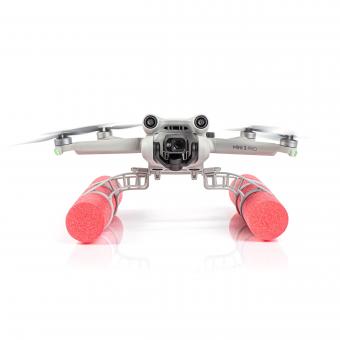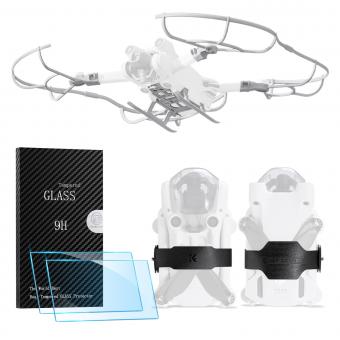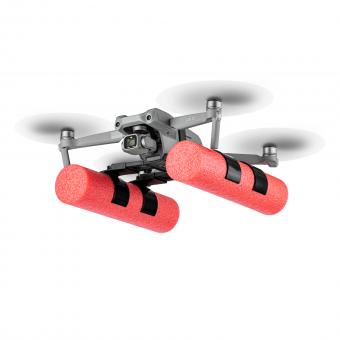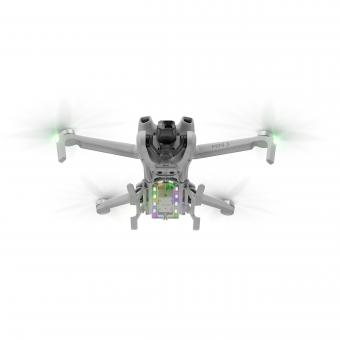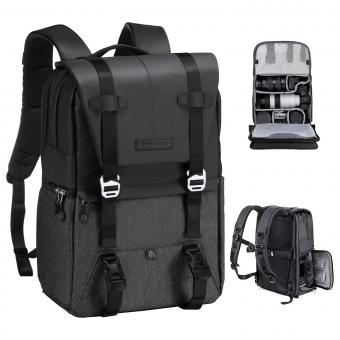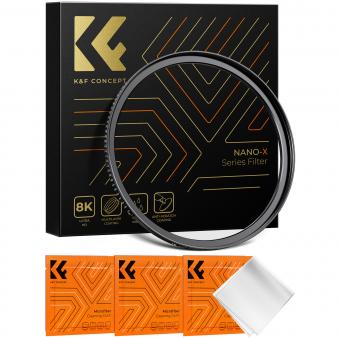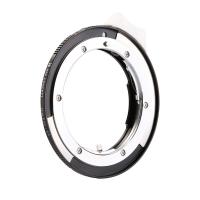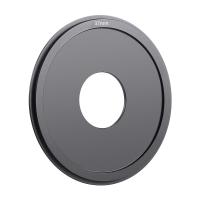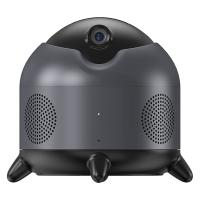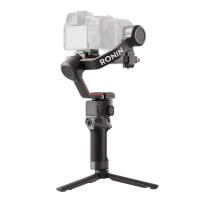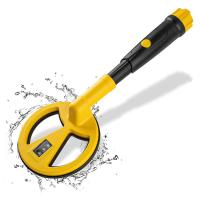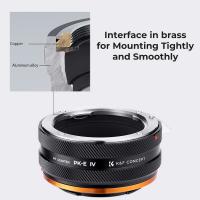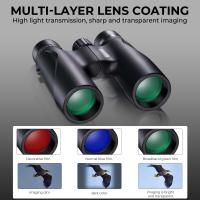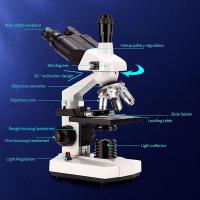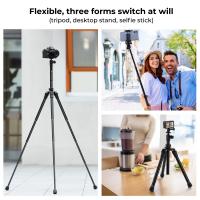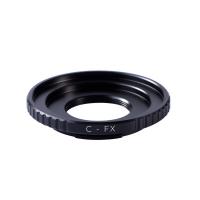How To Store Camera Gear ?
Camera gear should be stored in a cool and dry environment to prevent damage from moisture and humidity. It is recommended to use a camera bag or case with padded compartments to protect the equipment from impact and scratches. Additionally, it is important to store the gear in a dust-free area to avoid dust particles settling on the lenses and sensors. It is advisable to remove the batteries from the camera and other devices to prevent corrosion. Properly organizing and labeling the gear can also help in easily locating and accessing specific items when needed. Regular cleaning and maintenance of the equipment is essential to ensure its longevity and optimal performance.
1、 Proper camera gear storage techniques and best practices
Proper camera gear storage techniques and best practices are essential for protecting your valuable equipment and ensuring its longevity. Here are some tips on how to store camera gear effectively:
1. Clean and organize: Before storing your camera gear, make sure to clean it thoroughly. Remove any dust, dirt, or fingerprints from the lenses, camera body, and accessories. Organize your gear in a way that makes it easily accessible and prevents any potential damage.
2. Use protective cases: Invest in high-quality camera bags or cases that provide adequate protection against impact, moisture, and temperature changes. Look for cases with padded compartments and adjustable dividers to keep your gear secure and prevent any movement during transportation or storage.
3. Store in a dry environment: Moisture is one of the biggest enemies of camera gear. Ensure that your storage area is dry and free from humidity. Consider using moisture-absorbing silica gel packs or dehumidifiers to maintain optimal conditions.
4. Avoid extreme temperatures: Extreme heat or cold can damage sensitive camera components. Store your gear in a temperature-controlled environment, away from direct sunlight or freezing conditions. Avoid leaving your gear in a car trunk or attic, as these areas can experience extreme temperature fluctuations.
5. Remove batteries: Before storing your camera or any accessories, remove the batteries. This prevents potential leakage and damage to the equipment.
6. Regularly inspect and maintain: Even when in storage, it's important to periodically inspect your camera gear for any signs of damage or wear. Check for any loose screws, mold growth, or other issues that may require attention.
7. Keep an inventory: Maintain a detailed inventory of your camera gear, including serial numbers, purchase dates, and warranty information. This will help you keep track of your equipment and facilitate any insurance claims if necessary.
Remember, technology and best practices in camera gear storage may evolve over time. Stay updated with the latest recommendations from manufacturers and industry experts to ensure the best care for your equipment.
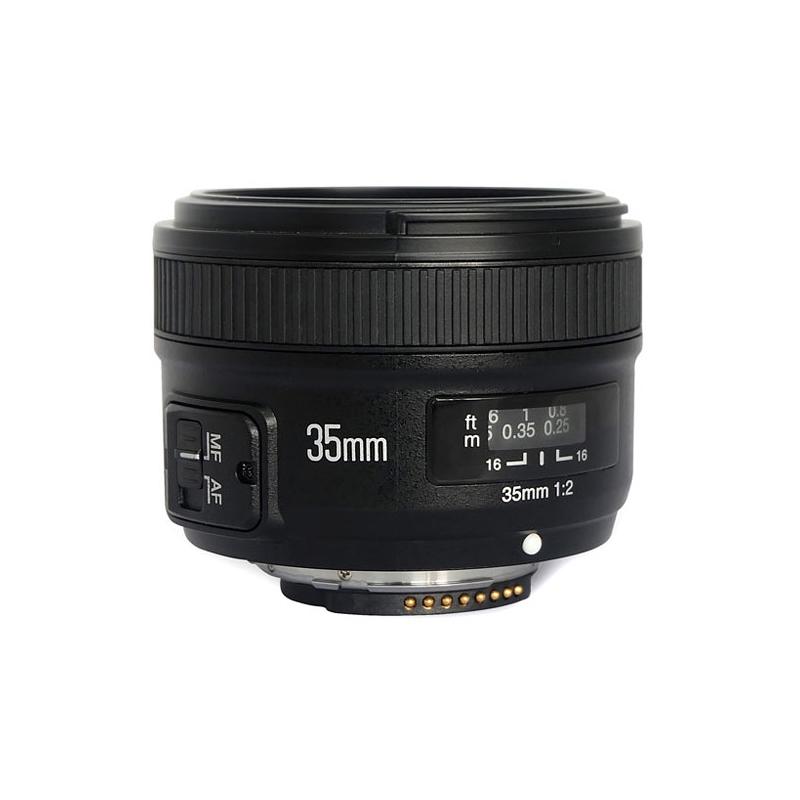
2、 Choosing the right camera bag or case for storage
Choosing the right camera bag or case for storage is essential to ensure the safety and longevity of your camera gear. With the ever-evolving technology and advancements in camera equipment, it is crucial to stay updated on the latest options available in the market.
When it comes to storing camera gear, there are several factors to consider. Firstly, you need to assess the size and quantity of your equipment. If you have a large collection of lenses, cameras, and accessories, investing in a spacious camera bag or case with customizable compartments would be ideal. This will allow you to organize your gear efficiently and protect them from any potential damage.
Additionally, consider the level of protection required for your camera gear. If you frequently travel or work in challenging environments, opt for a bag or case that offers excellent shock absorption and weather resistance. Look for features like padded dividers, reinforced corners, and waterproof materials to ensure maximum protection.
Furthermore, consider the accessibility and ease of use of the camera bag or case. Look for options that provide quick and convenient access to your gear, allowing you to capture moments on the go without any hassle. Features like quick-release buckles, multiple access points, and comfortable carrying options can greatly enhance your shooting experience.
Lastly, keep in mind the portability and durability of the camera bag or case. Look for lightweight options that are easy to carry, especially if you are constantly on the move. Additionally, choose a bag or case made from high-quality materials that can withstand the rigors of daily use.
In conclusion, when it comes to storing camera gear, choosing the right camera bag or case is crucial. Consider factors like size, protection, accessibility, portability, and durability to ensure your gear remains safe and secure. Stay updated on the latest options available in the market to make an informed decision that suits your specific needs.
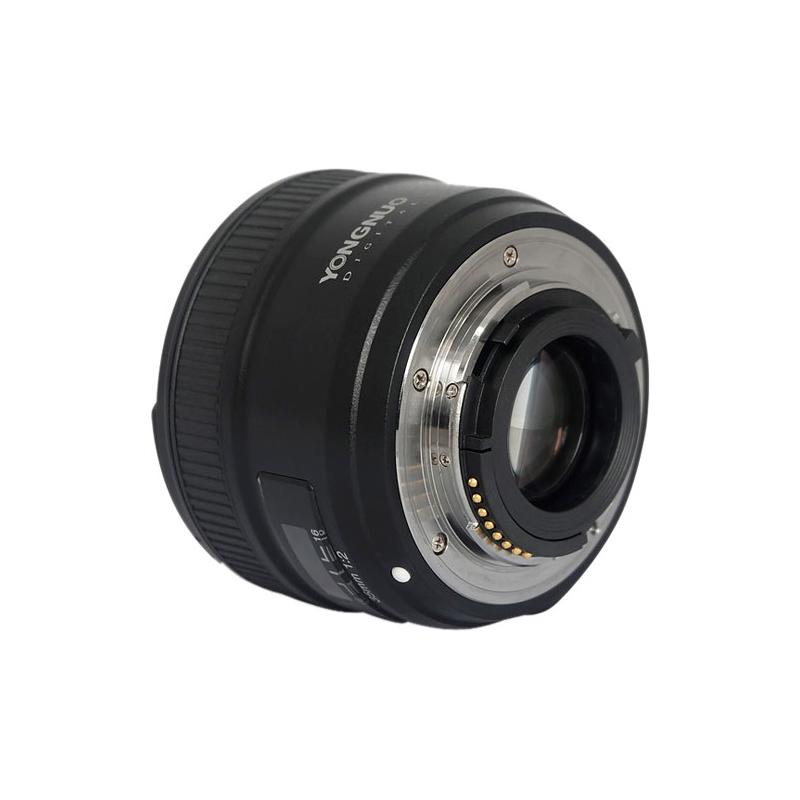
3、 Organizing and protecting camera lenses and accessories
Organizing and protecting camera lenses and accessories is essential for any photographer. Proper storage not only keeps your gear safe but also makes it easier to find and access when needed. Here are some tips on how to store camera gear effectively:
1. Invest in a camera bag or case: A good camera bag or case is a must-have for any photographer. Look for one that has padded compartments to protect your lenses and accessories from bumps and scratches. It should also have adjustable dividers to customize the layout according to your gear.
2. Use lens pouches or cases: Individual lens pouches or cases provide an extra layer of protection for your lenses. They help prevent dust, moisture, and accidental damage. Make sure to label them for easy identification.
3. Utilize lens caps and rear lens caps: Always use lens caps and rear lens caps when your lenses are not in use. This protects the front and rear elements from dust, scratches, and fingerprints.
4. Consider a lens filter: A UV or clear filter can act as a protective layer for your lens. It helps guard against scratches and can be easily replaced if damaged.
5. Store in a cool and dry place: Avoid storing your camera gear in extreme temperatures or humid environments. Moisture can damage sensitive electronics and lenses. Use a dehumidifier or silica gel packs to control humidity levels.
6. Keep cables and accessories organized: Use cable organizers or small pouches to keep cables, memory cards, batteries, and other accessories organized and easily accessible.
7. Regularly clean and maintain your gear: Dust and dirt can accumulate over time, affecting image quality. Clean your lenses and camera body regularly using appropriate cleaning tools and solutions.
In addition to these traditional storage methods, photographers can also consider digital asset management systems to organize and store their images. Cloud-based storage solutions offer convenience and accessibility, allowing photographers to access their work from anywhere.
Overall, organizing and protecting camera lenses and accessories is crucial for maintaining the longevity and functionality of your gear. By following these tips, you can ensure that your equipment remains in top condition and ready for your next photography adventure.
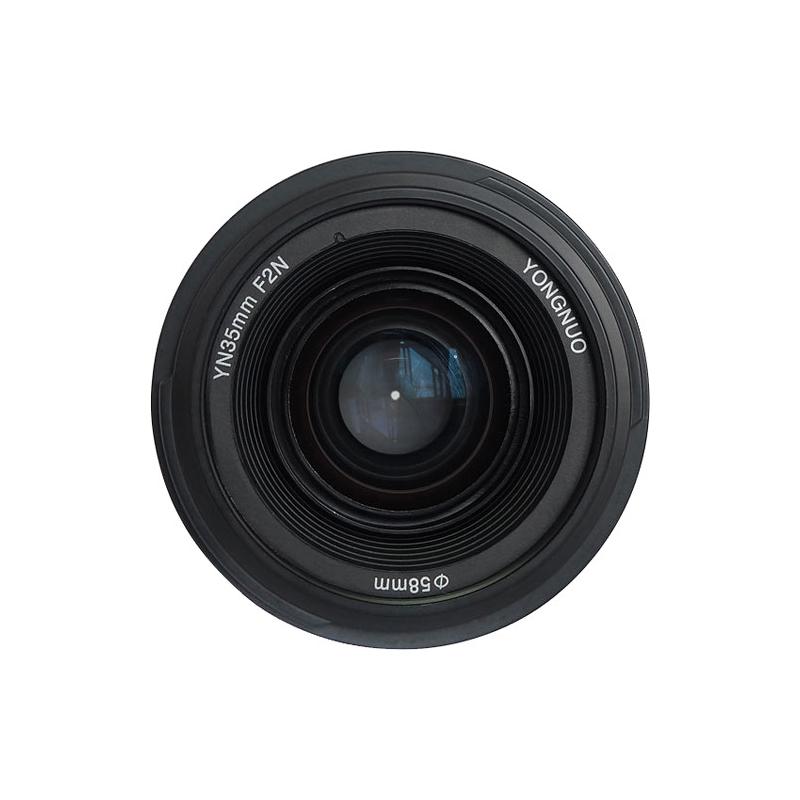
4、 Storing camera batteries and memory cards safely
Storing camera gear properly is essential to ensure its longevity and functionality. Here are some tips on how to store camera gear effectively:
1. Clean and organize: Before storing your camera gear, make sure to clean it thoroughly. Remove any dust, dirt, or fingerprints from the lenses, camera body, and accessories. Organize your gear in a dedicated storage case or bag to keep everything in one place.
2. Use silica gel packets: Moisture can damage camera equipment, so it's important to keep your gear dry. Place silica gel packets in your camera bag or storage case to absorb any excess moisture and prevent mold or corrosion.
3. Avoid extreme temperatures: Extreme heat or cold can harm camera gear, so it's best to store it in a temperature-controlled environment. Avoid leaving your gear in a car during hot summer days or in freezing winter conditions.
4. Protect lenses: Use lens caps or lens hoods to protect your lenses from scratches and dust. Store lenses upright to prevent any potential damage to the lens mount.
5. Store batteries and memory cards safely: Camera batteries and memory cards are crucial components of your gear. To store them safely, keep batteries in a cool, dry place and avoid exposing them to extreme temperatures. It's also a good idea to store them separately from your camera to prevent accidental discharge. For memory cards, use a protective case or card holder to prevent damage from dust, moisture, or static electricity.
6. Regularly check and maintain: Even when stored properly, camera gear requires regular maintenance. Check your gear periodically for any signs of damage or wear. Clean your lenses and camera body regularly to keep them in optimal condition.
By following these storage tips, you can ensure that your camera gear remains safe, functional, and ready for your next photography adventure.
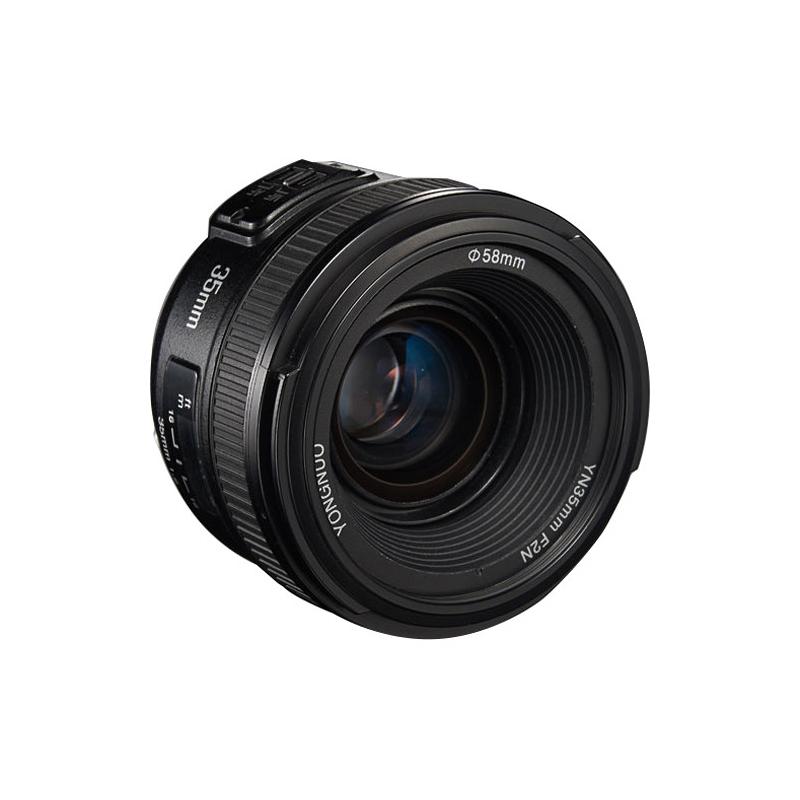

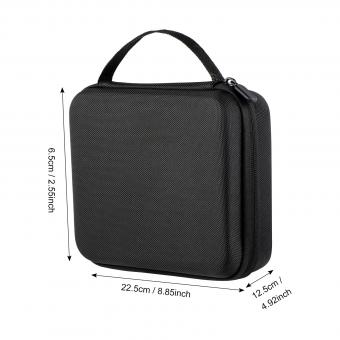

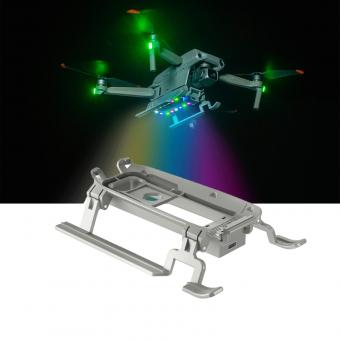
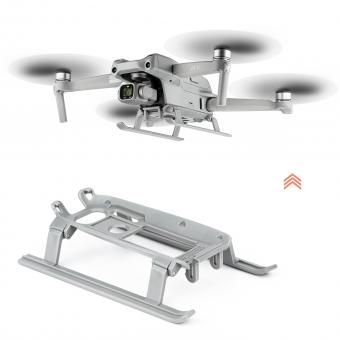

(1)-340x340.jpg)
